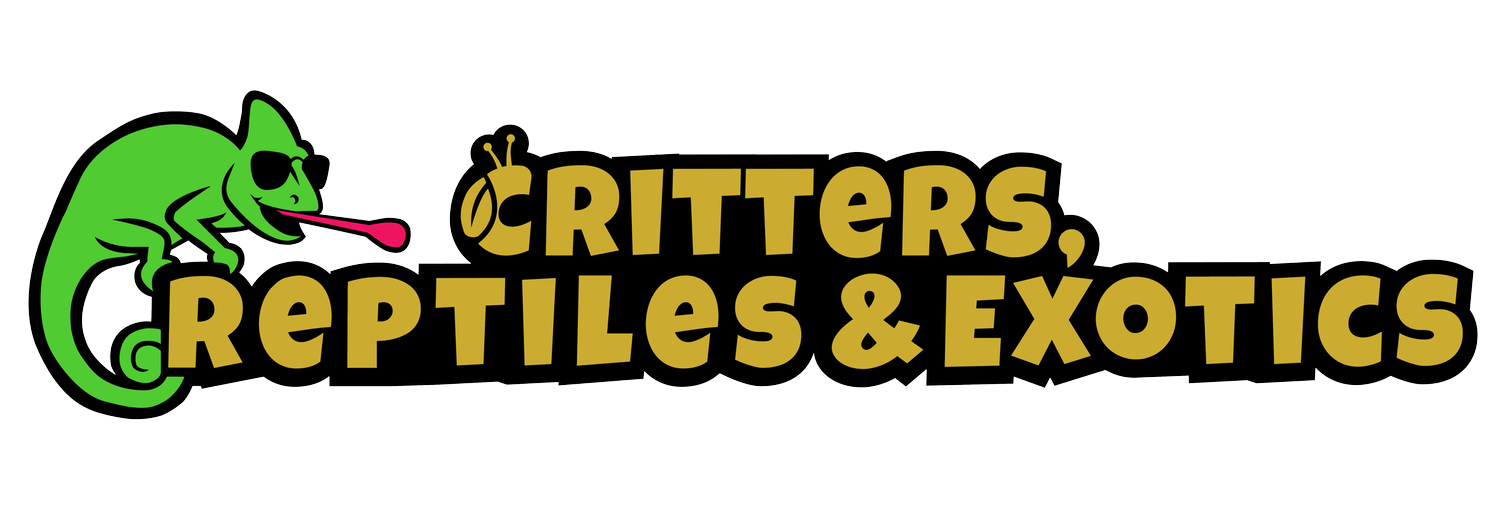Red Footed Tortoise Care
Lifespan:
40–50+ years in captivity with proper care.
Sexing:
Males have longer, thicker tails with vents farther from the base
Females have shorter, blunter tails with closer-set vents
Males usually have a concave plastron; females' are flatter
Males may show more vivid coloration and flared scutes
Enclosure:
Outdoor pens are ideal in warm climates with secure fencing and shaded areas
Indoors: Minimum 6 ft x 4 ft enclosure for adults
Substrate:
A mixture of coconut fiber, cypress mulch, and soil is ideal for creating a naturalistic environment that retains moisture and supports burrowing.
Lighting & Temperature:
Basking Area: 90-95°F.
Ambient Temperature: 75-85°F.
Cool Side: 70-75°F.
UVB Lighting: Required for calcium metabolism and overall health. Use Exo Terra UVB200 or ZooMed 5..0 bulbs.
Humidity:
60–80% humidity during the day, slightly higher at night. Mist daily; ensure good ventilation to prevent respiratory issues
Food:
70% leafy greens (collard, dandelion, hibiscus)
20% fruits (papaya, mango, melon, berries)
10% protein (earthworms, pinky mice, Mazuri tortoise diet occasionally)
Water:
Provide a shallow water dish, large enough to allow the tortoise to soak.
Supplementation:
Calcium with D3: Dust food 2-3 times weekly.
Calcium without D3: Use on alternating days if adequate UVB lighting is provided.
Multivitamins: Offer once weekly to support overall health
With their charming personalities, beautiful coloration, and manageable size, Red-Footed Tortoises are ideal companions for keepers looking for a long-lived, engaging reptile that thrives with care and interaction.

